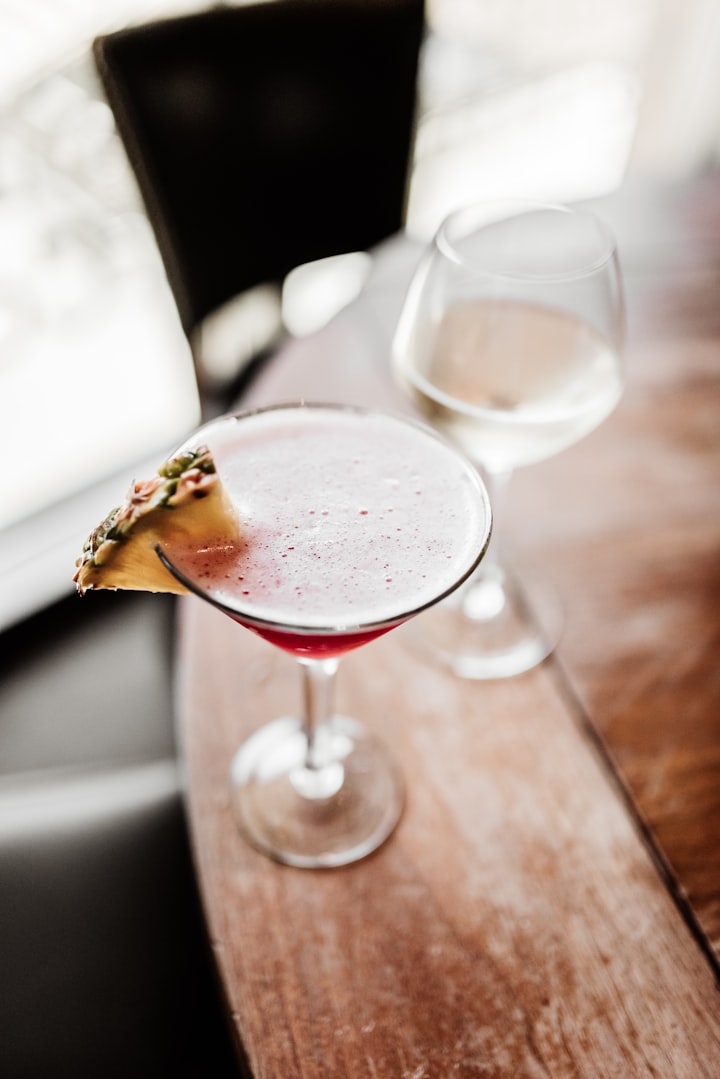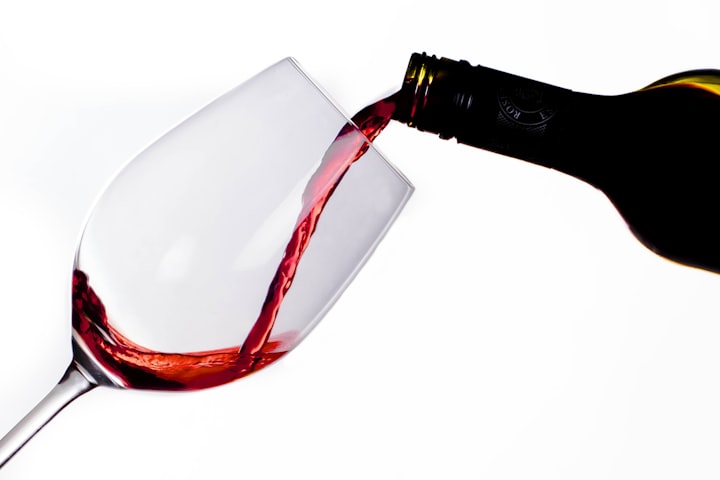Wine and therapy
The Therapeutic Benefits of Both

Wine therapy can be defined as a series of refinement strategies that employ red wine and must. Must is the repeatedly crushed fruit juice that consists of the skins, seeds, and fruit stems. The substantial part of the must is called pomace and generally produces up 7–23% of the must's absolute substance, making it the initial step in the winemaking process (A History of Wine as Therapy, 1964). A beauty treatment born in France to obtain the most from the antioxidant, toning, and detoxifying properties of grapes promptly escalated to the rest of the world, notably in Italian wine lands (A History of Wine as Therapy, 1964).
Wine therapy is an approach that deals with the psycho-physical well-being of the individual, applying the properties and effective ingredients of grapes (Corby, 2006). Wine is a tonic and detoxifying alcohol, besides being a distinguished aesthetic bio activator (Corby, 2006). Because of the versatility, wine can lead to various medications, both in the food and wine and cosmetic fields. Once in antiquity, grape-based regimens were operated by the Romans, Greeks, and Arab cultures. Currently, wine therapy, as we appreciate it now, was produced in the Graves province, not too distant from Bordeaux, where the oldest wineries are based. The innovators of this practice are Bertrand Thomas and Matilde Cathiard. After a while later, wine therapy has again expanded to Italy, Spain, Brazil, and Argentina, developing into a trend-setting approach for well-being and elegance.
Wine therapy regimens can have various purposes, including the ability to fight wrinkles, purify, and anti-stress response (Feher, Lengyel, & Lugasi, 2007). The fundamental element of grapes is their antioxidant. The composition of polyphenols in extension to producing anti-aging behavers, again stimulate relaxation and regeneration. In extension to polyphenols, diverse substances are created during fermentation, allowing the wine of its extensive anti-aging and preserving properties (Feher, Lengyel, & Lugasi, 2007). Some of these are bioflavonoids, phytoalexins, and organic acids. Wine therapy carries a slimming process again, redesigning the figure. Thanks to these remedies, it is achievable to perform against complications of elasticity and hydration of the skin and hardships with microcirculation. When the must is applied to the skin, it further purifies it and becomes brighter.
The Wine Bath Therapeutic Experience
Receiving exclusive wine bathwater that is furnished with the antioxidant-rich infusion set up utilizing the Spanish Tempranillo grape range can provide you bright, soft skin (Feher, Lengyel, & Lugasi, 2007). Highly recommended is a calm half-hour immersion in this delicate yet invigorating elixir. You are immersing your head and face into this peculiar employment during a 15-minute massage with hydrating honey and propolis for all of the recreation and hydration you deserve. Complete body massage using grapeseed oil extracted from the grapes collected in Spain’s Ribera del Duero country can follow this.
A Brief History
The ancient use of medicines, Egyptian medicine, has employed wine therapeutically long before the oldest established inscription depicting winemaking, which is determined c. 4000 BC. The oldest physically kept evidence of wine in medicine is that etched in Sumerian cuneiform unearthed from Nippur's ruins, south of the deemed section of Babylon. The Vedic remedy in ancient India dates from 2500 BC. Indian medicine was acquired separately from that in Egypt and Sumer and antedated that of Greece. Hindus' adoption of fermented drinks suggests an unprecedented chapter in the biography of wine as a therapeutic force.
Cognitive Beneficial Therapy Effects
Wine and tea are flavonoid-rich drinks that may have dual effects on vigor and cognitive function. Moderate alcohol utilization is correlated with more vital cognitive function and decreased risk of Alzheimer’s illness and dementia (Selhub, Bagley, Miller, & Rosenberg, 2000). Polyphenols are bountiful micronutrients in plant-derived foods and are effective antioxidants. Fruits and refreshments such as tea, red wine, cocoa, and coffee are essential dietary origination of polyphenols (Van Dyk & Sano, 2007). The grandest subclass of nutritional polyphenols is flavonoids. They have revealed a symbolic inverse relationship between dementia or cognitive enforcement and flavonoids' intake (Van Dyk & Sano, 2007). The outcome of extended research analysis on a population-based study revealed that absorption of flavonoid-rich food, combining chocolate, wine, and tea, is correlated with more substantial achievement across considerable cognitive capabilities and that the associations are dose-dependent.
According to Gordon Shepard, a Yale neuroscientist, consuming wine can make you wiser (Sheperd, 2016). Gordon Shepard says drinking wine activates more grey matter, which is the fields of understanding and consciousness that are most used sections of the brain when observing the beauty of music or doing math equations (Sheperd, 2016). Shepard further analyzes the partnership between the mind and the ingenuity to decipher wine aromas. Shepard says that you don’t just place the wine in your mouth and surrender it there; you move it around and thus absorb it, which is a unique compound motor operation. Shepard further reveals that the handling is comparable to how the eye distinguishes color (Sheperd, 2016). The matters we perceive don’t have color themselves. Light reaches them and ricochets off. When the light gets to our eyes, it stimulates the brain's operations that initiate color from those peculiar wavelengths. Correspondingly, the particles in wine don’t have taste or essence, yet when they arouse our mind, the brain devises flavor in the same fashion it develops color (Sheperd, 2016). Your brain depicts wine flavors creating feedback in the brain that broadens activity (Sheperd, 2016). Your mind is immersed in mindfulness endeavors, which elevates anxiety reduction and more vigorous learning capacity.
Holiday Celebration
So, the Christmas season is practically upon us, and there’s something magical about this season of the year. Naturally, there’s a mysterious sense in the air that causes many of us to crave snow-filled landscapes, the concept of wood fires glowing, and the music of jingle bells resounding over the rooftops. Wouldn’t it be nice to pretend just for a few days?
For those of you who appreciate Christmas observances in the Old-World fashion, this is the particular excuse to gorge yourself on warming, home-cooked, multi-course feasts. It’s a moment for luxuriating your senses, devoting occasion with friends and family, roasting a creature of a bird, and fetching out some odd wines to marry with all the exquisite meals.
If you’re seduced to the celebration this year like it was in England in 1895 and craved to inspire your friends and family with all the decorations, or if you fancy becoming familiar with your roots and bearing a grand homely Christmas, then brightcellars.com has all the answers you’re considering. Christmas feasts are inferred to be about extreme, hospitality, and more than a tone of showing off, so what more capable approach to accomplish that than by culling out some fantastic wine pairings. Enjoy the therapeutic benefits of wine unconditionally and responsibly unto the new year.
References
A History of Wine as Therapy. (1964). Arch Intern Med, 164.
Corby, K. (2006). Wine Therapy. The Atlantic Monthly, 133-136.
Feher, J., Lengyel, G., & Lugasi, A. (2007). The cultural history of wine - theoretical background to wine therapy. CENTRAL EUROPEAN JOURNAL OF MEDICINE, 379-391.
Selhub, J., Bagley, L., Miller, J., & Rosenberg , I. (2000). B vitamins, homocysteine, and neurocognitive function in the elderly. Am J Clin Nutr, 71.
Sheperd, G. (2016). Neuroenology How the Brain Creates the Taste of Wine. New York City: Columbia University Press.
Van Dyk, K., & Sano, M. (2007). The impact of nutrition on cognition in the elderly. Neurochem Res, 893-904.
About the Creator
Dr. Reanna Waugh PhD
Dr. Reanna Waugh PhD Founder and CEO of Waugh's Holistic Wellness Center, Student, second PhD in Clinical Psychology, Life Coach at WHWC currently in Gladstone, MI (USA) with her husband, Kyle Waugh, a retired Veteran of the Air Force.






Comments
There are no comments for this story
Be the first to respond and start the conversation.